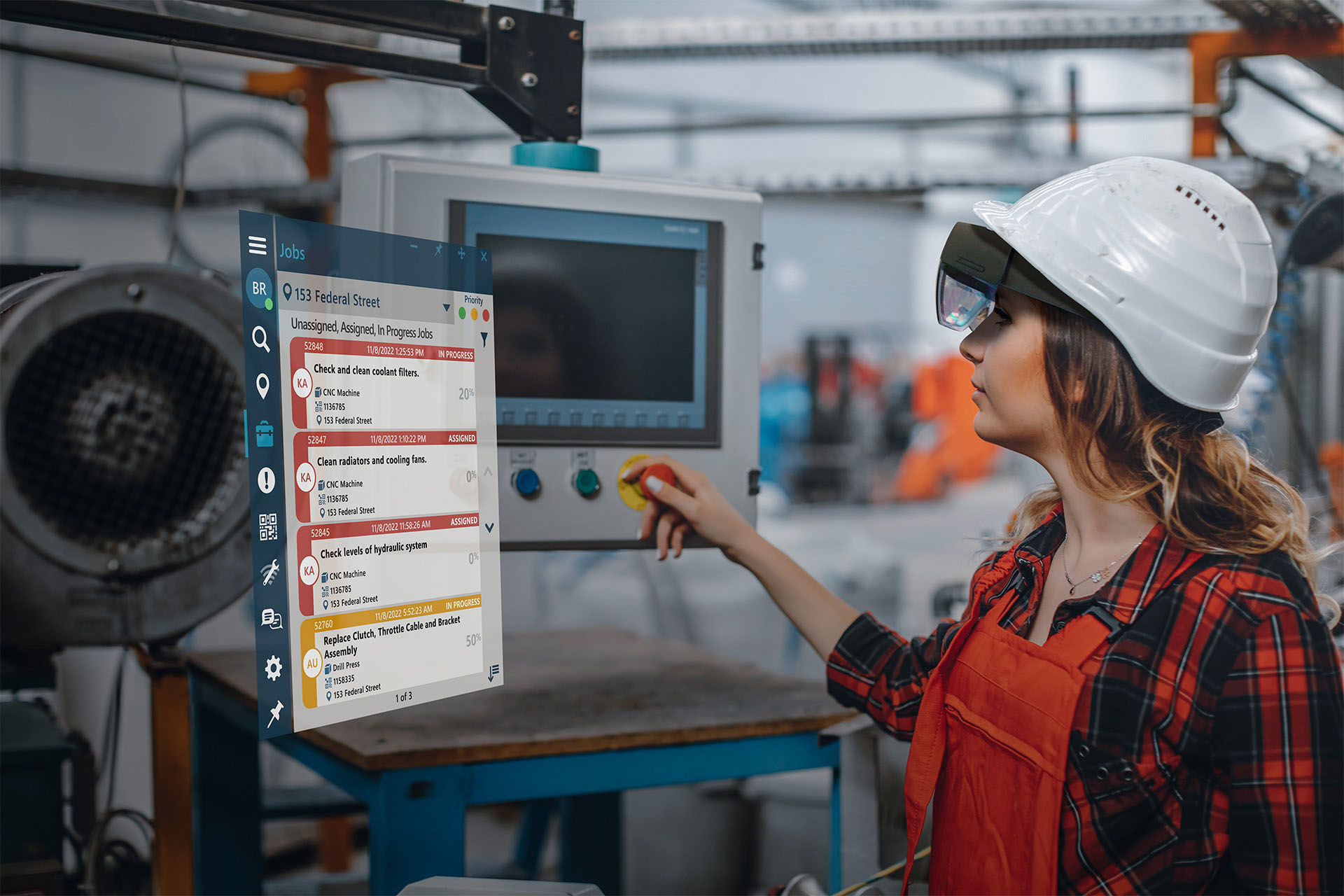
It’s been over a decade since Atul Gawande’s The Checklist Manifesto was published and Gawandes’ conclusions and recommendations on checklists are principles that continue to drive Taqtile‘s thinking. His premise can be summarized in short as checklists prevent failures in complex environments. This notion is fundamental to Manifest’s step-by-step work instructions and our commitment to help deskless workers do their jobs better and safer.
A great example of how checklists can improve outcomes than inspections. Inspections – including quality, equipment, facilities, safety, compliance, and maintenance – are critical to efficiently and safely running operations for many organizations. But the paper-based approaches to inspections that are often used in industrial settings today fall short. They are slow, inconsistent, and prone to errors. And documenting and recording inspections results can often be incomplete and disconnected.
Manifest provides a modern inspection tool to change that. Workplace inspection procedures can be documented with step-by-step instructions (or checklists) that drive accuracy and consistency. Inspectors can be required to submit photo and video evidence so that inspection results are automatically recorded and archived. And faults can be flagged and recorded for resolution and history.
Manifest v2.8 for Inspections Now Available
And now, with the availability of Manifest 2.8, we are excited to provide enhancements and optimizations of Manifest for inspections. We have completely updated our end-to-end fault flagging and reporting workflow and enabled the ability to track and manage faults independently from Manifest Jobs and procedures. We think it is a big deal for workplace inspection procedures. Here are a few details on the new functionality:
- New, higher fidelity Fault Notes enable (and require) inspectors to document faults with photos, videos, 3D annotations, audio recordings, as well as selections from a customizable standardized text list.
- A new work item, Tasks, has been introduced that can be used to create and assign non-procedural work items and can be associated with a specific Fault.
- Faults can now be virtually and spatially placed over physical equipment and environments so that workers can easily locate equipment and locations with faults and quickly access associated data from AR Fault Markers.
- Faults can be flagged from within a Job (procedure) or independently from the Asset (equipment) details view.
- Fault meta data, including the Fault description with associated Notes, Tasks, Jobs and Job Steps; the date/time the Fault was flagged; who created the Fault; and Fault status can now be viewed by Asset or Locations from a new Fault window in the Manifest Web Application.
- There is a lot more including non-Fault enhancements such as a new Job UI on the Manifest Web Application that is like our recent update to our Manifest for iPad app. And details can be found in the release notes for each platform here.
With these enhancements comes some updates and new elements in the Manifest user interface that existing users should review. We have outlined the changes and possible impact in this community post and encourage you to take a look.
Time to Transform your Inspections with AR-enabled Work Instructions
There has never been a better time to check our Manifest and explore how it can help you perform inspections more accurately and consistently. As Gawande points out, the level and complexity of our collective knowledge has exceeded the capacity of any individual to get everything right. Our memory and attention to detail fail when we’re distracted by more urgent matters and people tend to skip steps even when they remember them. In busy, complex industrial environments, the number and complexity of procedures continue to increase and there is no shortage of distractions. Checklists, specifically in the form of work instructions, can help here and protect against errors. They guide all workers, regardless of experience, through the minimum necessary steps to complete an inspection, or any operational procedure, effectively. and safely.
Reach out if you want to discuss or see a demo of our new Fault workflow for industrial inspections.



